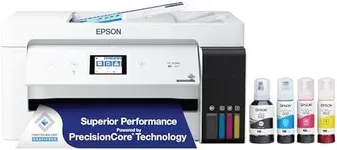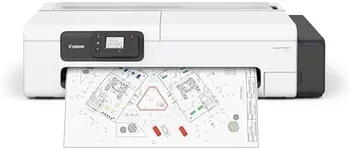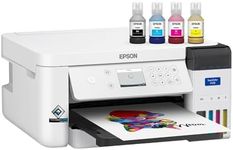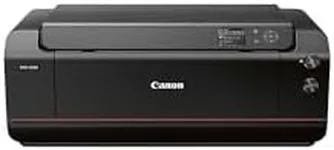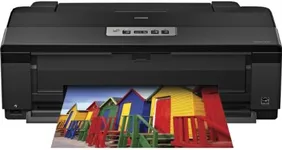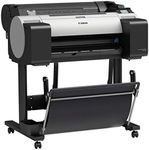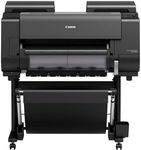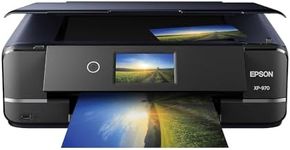Buying Guide for the Best Giclee Printers
Choosing the right giclee printer can be a daunting task, especially if you're new to the world of high-quality art printing. Giclee printers are designed to produce fine art prints with exceptional detail and color accuracy, making them a favorite among artists, photographers, and print shops. To make an informed decision, it's important to understand the key specifications and how they align with your specific needs. Here are the main factors to consider when selecting a giclee printer.Print ResolutionPrint resolution, measured in dots per inch (DPI), determines the level of detail and clarity in your prints. Higher DPI values mean more detailed and sharper images. For giclee printing, a resolution of at least 1200 DPI is recommended to ensure high-quality prints. If you are printing large artworks or photographs with intricate details, opt for a printer with a higher DPI, such as 2400 or more. For general art prints, 1200 to 1440 DPI should suffice.
Color GamutColor gamut refers to the range of colors a printer can reproduce. A wider color gamut means the printer can produce more vibrant and accurate colors, which is crucial for fine art prints. Look for printers that use multiple ink cartridges, including additional colors like light cyan, light magenta, and gray, to achieve a broader color gamut. If your work involves a lot of color nuances and gradients, prioritize printers with an extended color gamut.
Ink TypeGiclee printers typically use either dye-based or pigment-based inks. Pigment-based inks are more durable and resistant to fading, making them ideal for archival-quality prints that need to last for decades. Dye-based inks, on the other hand, offer more vibrant colors but are less resistant to light and environmental factors. If longevity and archival quality are important for your prints, choose a printer with pigment-based inks. For short-term displays or projects where color vibrancy is more critical, dye-based inks may be suitable.
Print SizeThe maximum print size a printer can handle is another important consideration. Giclee printers come in various sizes, from desktop models that print up to A3 (11.7 x 16.5 inches) to large-format printers that can handle prints up to 44 inches wide or more. Determine the typical size of your prints and choose a printer that can accommodate those dimensions. If you plan to print large artworks or posters, a large-format printer is necessary. For smaller prints or limited space, a desktop model may be sufficient.
Media CompatibilityMedia compatibility refers to the types of paper and other materials a printer can handle. Giclee printers should be able to print on a variety of fine art papers, canvas, and other specialty media. Check the printer's specifications to ensure it supports the media types you plan to use. If you work with different textures and finishes, look for a printer with versatile media handling capabilities. This will allow you to experiment with different materials and achieve the desired effect for your prints.
Connectivity OptionsConnectivity options determine how you can connect your printer to your computer or network. Common options include USB, Ethernet, and wireless connectivity. Wireless connectivity offers the convenience of printing from multiple devices without the need for cables, which can be especially useful in a shared workspace. If you prefer a direct and stable connection, USB or Ethernet might be more suitable. Consider your workflow and choose a printer with connectivity options that match your setup.
